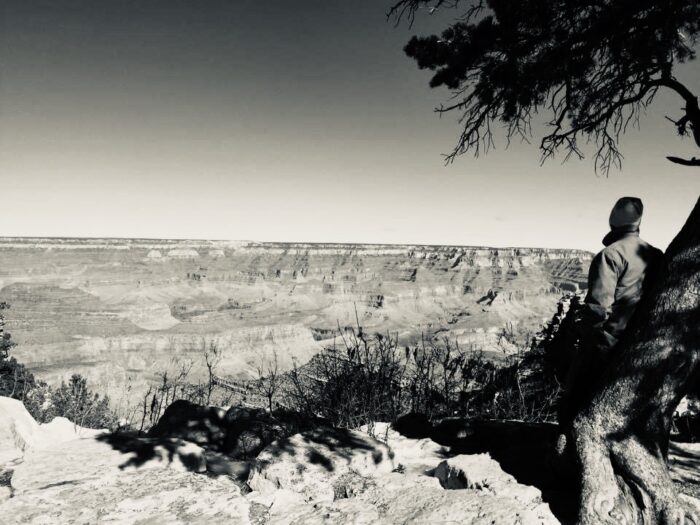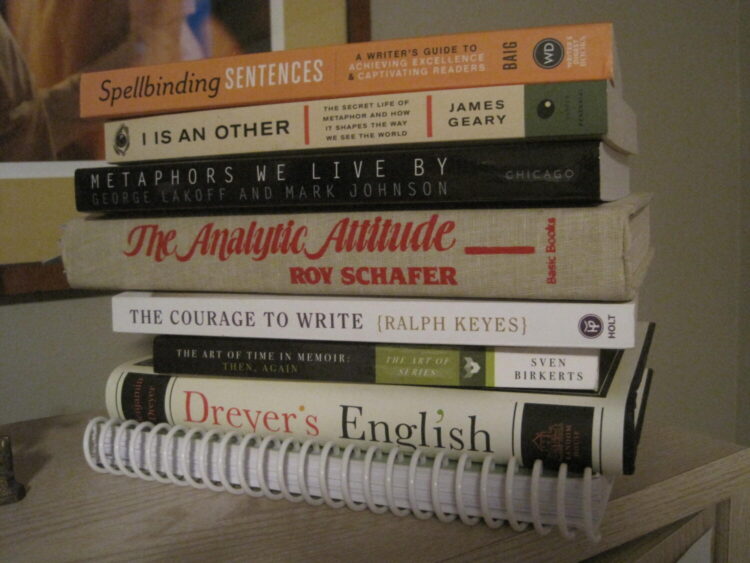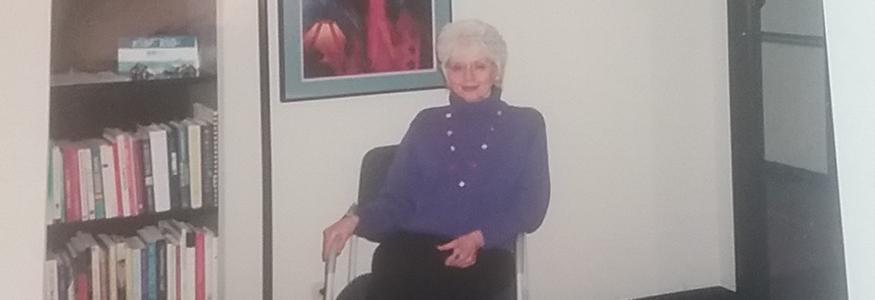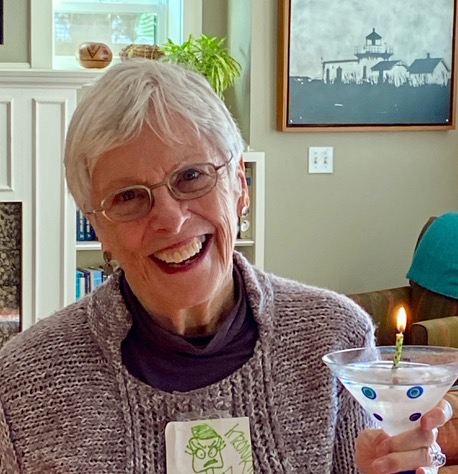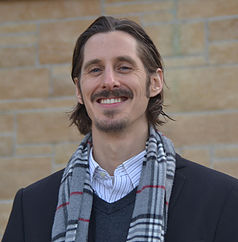
Please meet, Alan C. Haras. After following him for several months on Instagram, it occurred to me the reason I appreciated his posts was because they were written in a contemplative style. I wanted to know more about this person who spoke with authority & depth on subjects that helped me slow down and be in the present moment so I decided to ask him for an email interview. As I read his thoughtful answers, it became clearer why I enjoy and learn from his posts. If you are curious about contemplation, or contemplating contemplation, I think you will enjoy this interview:
(You have a degree in Religious Studies. How does that inform your work as a yoga teacher?)
· About twenty years ago, I was extremely fortunate to study Indian philosophy with Dr. John Grimes at Michigan State University as an undergraduate. Because of this experience, I ended up knowing what the Upanishads were before I knew what an Updog was. Perhaps this is a good metaphor for how my background in Religious Studies informs my yoga teaching. I tend to privilege the spiritual treasure house of Yoga philosophy over the simple performance of poses. My reverence and appreciation for the depth and beauty of the Yoga tradition animates my classes, and my on-going engagement with the roots texts of Yoga continue to be sources of nourishment and inspiration. As a yoga teacher, my hope is that my classes convey the deep delight and profound respect that I have for the river of wisdom that flows out of India.
(Do you integrate contemplative time in your life? How? How would you define contemplation?)
· The Jesuit theologian Walter Burghardt defines “contemplation” as “a long, loving look at the Real”, and the Indian philosopher Sri Aurobindo once said that “All Life is Yoga.” I build time into my day for a variety of contemplative practices, and these practices are ways for me to pause, and to view the particularities of my life with a bit more tenderness and honesty. These practices are also opportunities to take the gaze off myself and orient toward “the Real” – toward what Rudolf Otto called the “numinous” – the “wholly other.” I think, at its best, contemplation simultaneously gives us back to ourselves, and leads us beyond ourselves. These graced moments can lead to a glimpse of what Sri Aurobindo said – that the entirety of our lives, either consciously or unconsciously, are a Yoga – an on-going pilgrimage toward the fullness of Life.
(I read where you, as a yoga teacher, try and draw out the hidden potential of your students. Can you tell me what that means and what you find when working with your students?)
· The original meaning of the word “education” means something like, “to draw forth.” I see the practice of Yoga as a form of contemplative education – an elegant process that evokes, or draws forth, wisdom that already exists within the human person. That wisdom may be there in seed form or already fully grown. Either way, the practices and the teachings of Yoga can help provide that plant with the nourishment and conditions it needs to flourish. There is a beautiful image in the Yoga Sutras of Patanjali (4.3) where the yogi is compared to a farmer. The farmer cannot make growth happen, however they do have knowledge of seeds, and soil, and sun, and seasons. And the skillful application of that knowledge facilitates growth, but it can’t “make” the seed germinate. That is completely beyond the grasp of the farmer. However, the farmer, drawing up the earthy wisdom passed down through the ages, has the privilege and joy of participating in this mystery. This is essentially how I feel as both a yoga teacher and coach. The evolutionary impulse already exists within the individual. At their best, yoga classes or coaching sessions can foster “the causes and conditions” that facilitate growth. As a fellow practitioner, I feel profoundly humbled and deeply privileged to bear witness to this process.
(In a chapter you wrote for The Path of Self Realization, a book I would highly recommend, you mentioned the phrase, “blueprint that is implicit.” Does that have to do with finding who you are which is something we talk about in exploring the mystery posts.)
· In Psychosynthesis, a psychology and theory of human development founded by the Italian psychiatrist Roberto Assagioli, M.D., there is the concept called “the ideal model.” For me, I see this as a person’s natural “style” of development, or the telos toward which they are moving. It is essentially a realistic and attainable image of who an individual may be. Assagioli understood that this authentic inner image can become obscured with the overlays of other images – for example, trying to become the person someone else would like us to be, attempting to live up to an unattainable ego ideal, or either “over-evaluating” or “under-evaluating” ourselves (Assagioli, 1965, p. 167). Once we have a greater sense of interior freedom from the “tyranny of the should” (Horney, 1950), we can begin to consciously collaborate with that “blueprint” (Whitmore, 2004), and ultimately take steps that contain within them a deep sense of rightness.
Thank you Alan for giving us a feeling of what is involved in contemplation. You can learn more about Alan on his website: alanharas.com or find him on Instagram!
